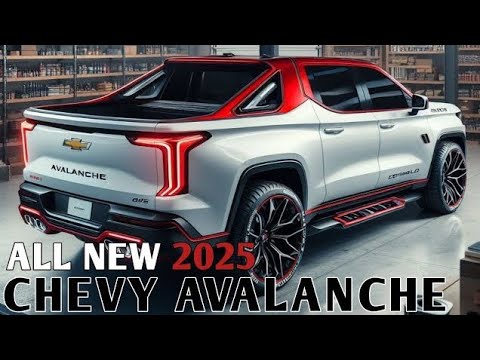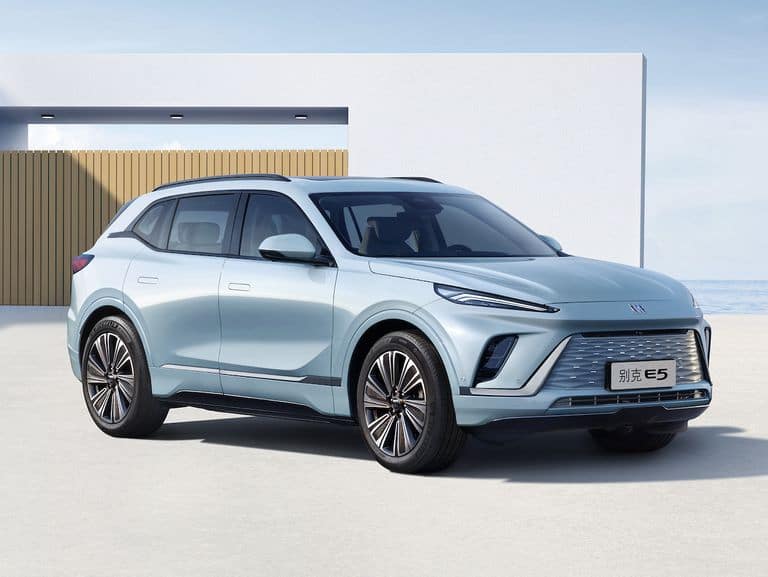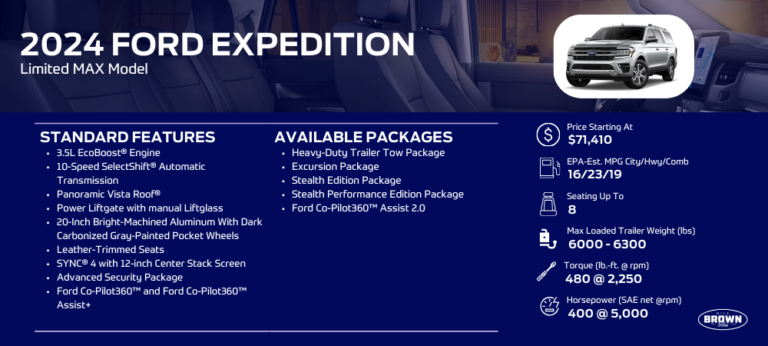2026 Ford E-Transit Specs: Unveiling the Future of Electric Vans
Prepare to witness the transformative power of electric mobility as we delve into the groundbreaking specifications of the 2026 Ford E-Transit. This state-of-the-art electric van promises to revolutionize the transportation industry with its exceptional performance, innovative features, and unwavering commitment to sustainability. Get ready to explore the cutting-edge advancements that define the future of electric vans.
The 2026 Ford E-Transit is poised to redefine the electric van segment, offering a compelling blend of practicality, efficiency, and environmental consciousness. With its impressive powertrain, spacious interior, advanced safety systems, and eco-friendly design, this vehicle sets a new benchmark for electric commercial transportation.
Vehicle Overview
The 2026 Ford E-Transit is a highly anticipated electric van that is set to revolutionize the commercial vehicle market. It is the latest iteration of the E-Transit, which was first introduced in 2022 as Ford’s first all-electric cargo van. The 2026 model brings significant improvements in range, payload capacity, and charging speed, making it an even more compelling option for businesses looking to electrify their fleets.
The E-Transit is designed to meet the needs of a wide range of businesses, from small businesses and tradespeople to large fleets and delivery companies. It is available in a variety of configurations, including cargo vans, passenger vans, and chassis cabs, making it suitable for a wide range of applications.
Target Market
The target market for the 2026 Ford E-Transit includes:
- Businesses looking to reduce their carbon footprint
- Businesses with a need for zero-emission vehicles
- Businesses operating in urban areas with strict emissions regulations
- Businesses with a need for high-payload capacity and long range
- Businesses with a need for fast charging
Sustainability and Environmental Impact

The E-Transit’s electric powertrain is a game-changer for the environment. Unlike traditional fuel vehicles that emit harmful pollutants, the E-Transit produces zero tailpipe emissions. This significantly reduces air pollution and contributes to cleaner, healthier air for everyone.
Electric vehicles also rely on renewable energy sources, such as solar and wind power, which further reduces their environmental impact. The E-Transit’s sustainable design extends beyond its powertrain. It incorporates eco-friendly materials, such as recycled plastics and renewable plant-based fibers, minimizing its overall environmental footprint.
Emission Reduction
The E-Transit’s zero-emission powertrain eliminates the release of harmful pollutants like carbon dioxide (CO2), nitrogen oxides (NOx), and particulate matter (PM). These pollutants contribute to smog, respiratory problems, and climate change. By transitioning to electric vehicles like the E-Transit, we can significantly reduce these emissions and create a healthier environment for future generations.
Green Transportation
The E-Transit promotes green transportation by reducing the reliance on fossil fuels. Electric vehicles play a crucial role in transitioning to a more sustainable transportation system. They offer a cleaner, quieter, and more efficient alternative to traditional fuel vehicles. By embracing electric vehicles like the E-Transit, we can create a more sustainable future for transportation.
Cost and Availability
The 2026 Ford E-Transit is available in two trim levels: the base XL and the more upscale XLT. The XL starts at £35,000, while the XLT starts at £40,000. Both trims come standard with a 68-kWh battery pack that provides an estimated range of 210 miles. A larger 136-kWh battery pack is available as an option, which increases the range to 314 miles. The E-Transit is available in both cargo van and passenger van configurations.
The E-Transit is available for order now in the UK, and deliveries are expected to begin in early 2026. The vehicle is also expected to be available in other European markets in the coming months. In the US, the E-Transit is expected to go on sale in late 2025.
Government Incentives
The purchase of an electric vehicle may be eligible for government incentives, such as tax credits or rebates. The availability and amount of these incentives vary depending on the country or region. In the UK, for example, the government offers a £2,500 plug-in car grant for the purchase of a new electric vehicle. In the US, the federal government offers a tax credit of up to $7,500 for the purchase of a new electric vehicle.
Competitors and Market Analysis
The electric van segment is witnessing fierce competition as manufacturers strive to capture a share of the growing market. Key players in this arena include the Mercedes-Benz eSprinter, the Rivian EDV, and the Volkswagen e-Crafter. Each of these rivals boasts unique strengths and features, making the competition even more intense.
Key Competitors
- Mercedes-Benz eSprinter: With its robust build and premium features, the eSprinter is a formidable competitor in the electric van segment.
- Rivian EDV: Known for its sleek design and advanced technology, the EDV has made waves in the industry since its launch.
- Volkswagen e-Crafter: The e-Crafter is a reliable and practical choice, offering ample cargo space and a comfortable driving experience.
These competitors pose significant challenges to the Ford E-Transit, forcing it to innovate and differentiate itself in the market.
Market Share and Competitive Landscape
The electric van market is still in its early stages of development, but it is rapidly expanding. Market share is constantly shifting as new players enter the scene and existing manufacturers improve their offerings. The Ford E-Transit is well-positioned to capture a significant share of the market, given its competitive specs, features, and the strong reputation of the Ford brand.
Conclusion

The 2026 Ford E-Transit marks a significant advancement in the electric vehicle landscape, offering a compelling combination of practicality, efficiency, and innovation.
Its spacious cargo capacity, impressive range, and advanced driver assistance systems make it an ideal choice for businesses and consumers seeking a sustainable and versatile transportation solution.
Impact on the Transportation Industry
The E-Transit’s introduction will undoubtedly disrupt the transportation industry, accelerating the adoption of electric vehicles and challenging traditional fuel-powered models.
Its competitive pricing and low operating costs will appeal to businesses, while its environmental benefits will resonate with consumers seeking to reduce their carbon footprint.
Role in the Future of Electric Vehicles
The E-Transit represents a glimpse into the future of electric vehicles, demonstrating the feasibility and practicality of sustainable transportation.
Its success will pave the way for more widespread adoption of electric vehicles, contributing to a cleaner and greener future for transportation.
Answers to Common Questions
What is the battery capacity and range of the 2026 Ford E-Transit?
The 2026 Ford E-Transit offers two battery options: a standard 68 kWh battery with a range of up to 210 miles and an extended-range 136 kWh battery with a range of up to 300 miles.
What are the charging capabilities of the 2026 Ford E-Transit?
The 2026 Ford E-Transit supports both AC and DC fast charging. With DC fast charging, the vehicle can charge from 15% to 80% in approximately 30 minutes.
What safety features are included in the 2026 Ford E-Transit?
The 2026 Ford E-Transit comes equipped with a comprehensive suite of safety features, including automatic emergency braking, lane-keeping assist, blind-spot monitoring, and adaptive cruise control.


